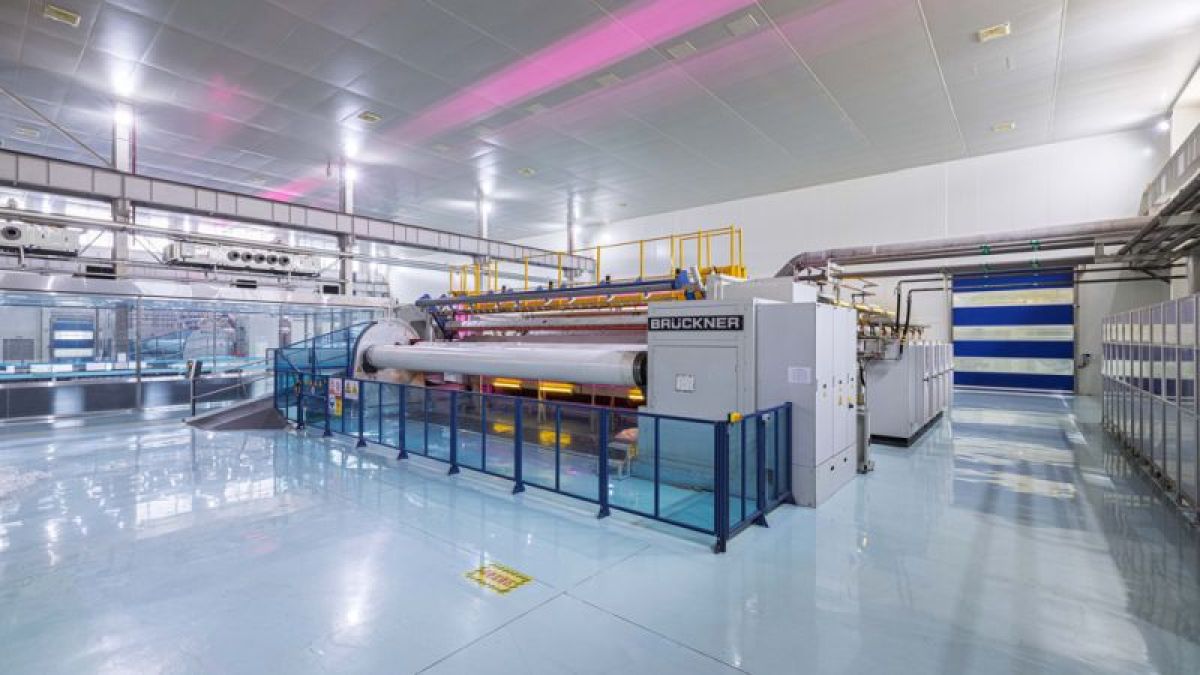As bioprocesses scale up, the integration of automation and single-use systems is accelerating. High-quality PET/PETG bottles are no longer just containers—they are essential components enabling precision, sterility, and traceability in modern biomanufacturing.
In the biopharmaceutical and cell culture industries, medium preparation and filling are rapidly moving toward automation and closed operations. Automated filling systems significantly improve productivity while ensuring sterility and batch-to-batch consistency. As a critical packaging component, the **design and material of Square Media Bottles** directly influence system performance and liquid stability.
1. Automation Drives Packaging System Upgrades
Traditional manual filling often leads to variability and contamination risks. With the implementation of GMP standards, automated filling and preparation systems—featuring online filtration, weighing, and sterile transfer—have become essential. These systems demand bottles with high precision, pressure resistance, and leak-proof sealing.
2. PET and PETG Bottles: Transparency Meets Strength
FDCELL’s PET and PETG Square Media Bottles are widely used in automated fluid systems.
PET (Polyethylene Terephthalate) offers excellent clarity, impact resistance, and gas barrier properties—ideal for routine medium storage and filling.
PETG (Glycol-modified PET) provides enhanced low-temperature toughness and chemical compatibility, suitable for protein-based or buffered media.
Both materials ensure high cleanliness and seamless connection with silicone or TPE tubing, creating a reliable closed sterile pathway.
3. Optimized Neck and Cap Design for System Integration
In automated systems, the bottle neck design determines the quality of the fluid connection.
FDCELL’s precision-molded neck threads and sealing surfaces ensure compatibility with standard filling heads, quick connectors, or welded tubing assemblies, minimizing leakage and residual liquid.
Optional pierceable caps or integrated welded ports further enable a fully closed liquid handling process, effectively reducing contamination risk.
4. Application Cases and Validation
In multiple biopharma and CDMO facilities, PETG bottles have been successfully integrated for:
Medium storage and weighing in automated preparation systems
Intermediate solution filling in production lines
Pre-culture buffer and media storage
Performance validation shows stable integrity under 0.1–0.3 MPa pressure, 20% higher filling efficiency, and zero contamination events during operation.
5. Conclusion
As bioprocesses scale up, the integration of automation and single-use systems is accelerating. High-quality PET/PETG bottles are no longer just containers—they are essential components enabling precision, sterility, and traceability in modern biomanufacturing.
Through optimized structure and system compatibility, FDCELL supports the industry’s transition toward safer and more efficient medium preparation solutions.




